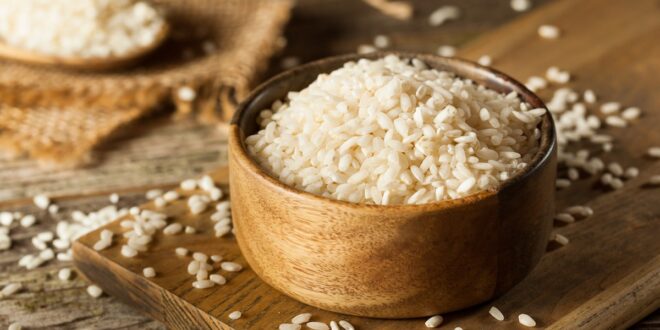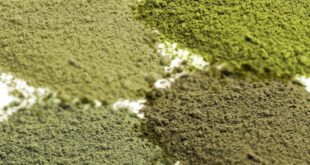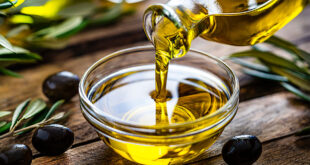Arborio rice is the most common, medium-sized rice variety, which stands out for its creaminess. This characteristic makes it the perfect rice for many exquisite dishes. It’s no surprise then, that Arborio has become the preferred rice type of Italian chefs for making their world-famous risotto in any of its variants.
Even more, some chefs specialized in creating and preparing delicacies, other than risotto, using different types of rice to distinguish arborio in many of their gourmet meals.
With this in mind, we thought it would be interesting to know what this special type of rice provides to your dishes. We will be also referring to its particularities in terms of how to cook it, and the benefits of arborio.
Arborio Rice ─ The Origin of That Italian Staple
This type of rice was named after the village of Arborio in the Po Valley of Italy, a region in northern Italy, where it was first grown in the early 1800s.
Arborio is a high-yield, quite resistant crop that can be grown in a variety of soils. Fortunately, the climate in the Po Valley is ideal for the cultivation of this type of rice. This particular type of rice is water-intensive, which is why it is best grown in the marshy soils of the Po Valley.
Where Arborio Rice is Grown in Italy?
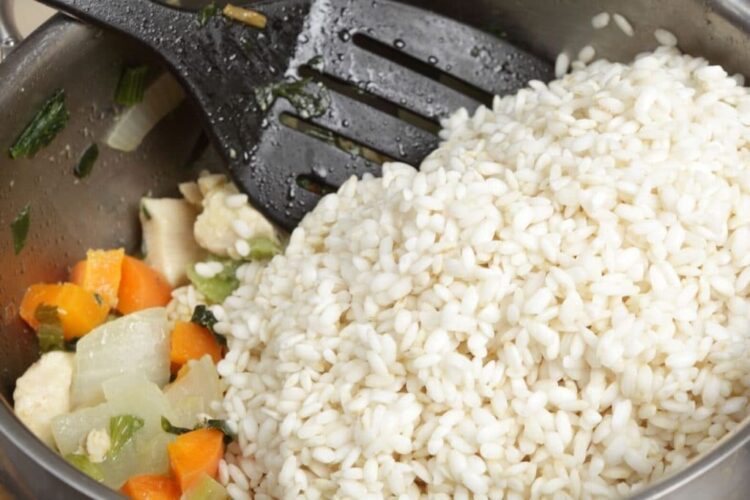
Nowadays, this typical Italian rice type is grown in several regions of that country, including Lombardy in the north, near the Swiss border, and Emilia-Romagna, Veneto and Piedmont regions in the northwest, over the coast of the Adriatic sea.
The most popular region for the production of Arborio rice is the Po Valley, which is the traditional home of this variety.
The production of Arborio rice in Italy is highly regulated and it has strict quality standards. Italian rice is exported all over the world, and it is a popular ingredient in many dishes. Over the last decades, Italy has become one of the leading exporters of Arborio rice, and it is estimated that Italian rice exports make up around 20% of the world’s total.
What does arborio rice provide to your dishes?
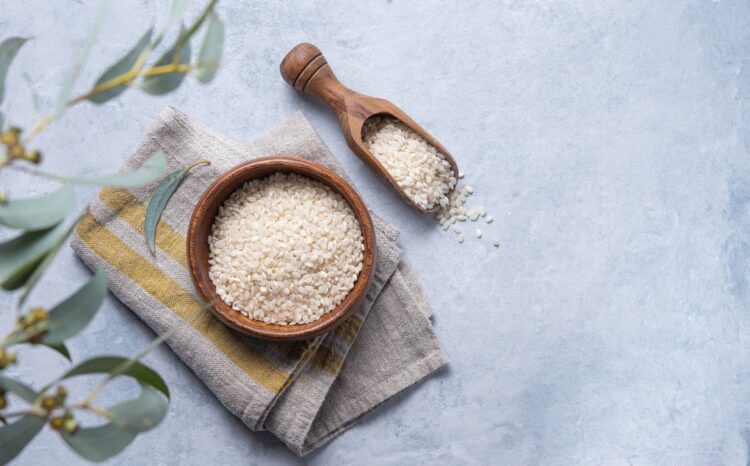
First of all, the main feature of this rice is its whiteness, which gives your meals a fresh and pleasant presentation. Indeed, this is extremely white rice, short-grained and particularly rounded.
Another aspect to highlight is that it is a rice well known for absorbing a lot of cooking broth, but without becoming too soft. This characteristic is considered indispensable for most of the preparations made with this rice.
This variety of rice of Italian origin can also be used to make recipes that need to keep a particular shape such as sushi or arancini. Arborio is a suitable ingredient for these dishes.
You can also use it for rice-making pudding, paella and even rice salads. They will get the texture and flavor that your diners will love and appreciate so much.
Arborio rice cooked at the right point offers a tender texture, with an al dente core, keeping its shape, doubling its volume and whitening even more.
Also, it should also be noted that arborio rice has a high starch content, which contributes greatly to providing the desired creaminess to your dishes.
In particular, the preparation of the famous risotto stands out, as it provides the ultra-creaminess that this well-known and appreciated dish requires.
In fact, it is said that arborio rice is the star of risotto, since it is ideal for achieving the desired creamy texture in risotto. Therefore it is usually being selected as the one indicated to prepare it.
How to cook it
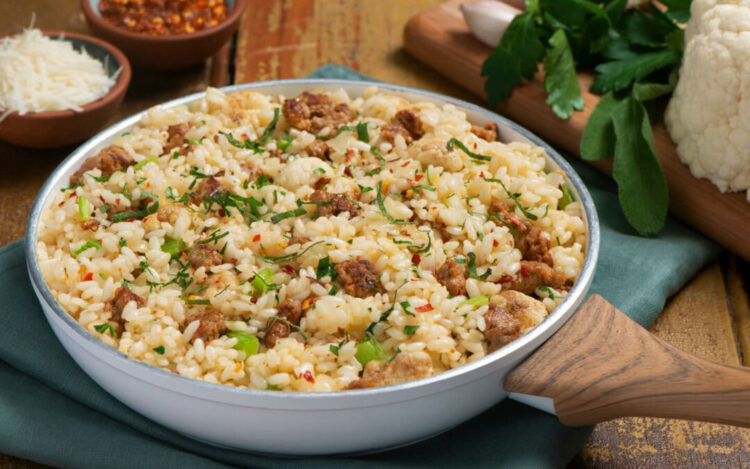
For you to learn how to cook risotto successfully, just follow the direction below. They are simple and quick to make. Just give it a try, you won’t regret it.
- The first thing you need to know is that you should not rinse arborio rice as this will remove the starch that gives your risotto its creaminess.
- Start by frying the rice in a little butter or olive oil until the grains become translucent.
- Then add a little white wine.
- Next add the necessary amount of broth. This can be made from vegetables, poultry, veal or fish, depending on the recipe you are preparing.
- Allow for about 2.5 times the volume of water than the volume of rice.
- In order to obtain a creamy risotto, the broth should be added in small quantities until it is completely cooked.
- Arborio rice is already cooked when it has a creamy consistency and the grains are soft on the outside and firm on the inside. Generally, the cooking time is 15 minutes.
Cook’s tip: Risotto should not be prepared in advance. In order to keep its creaminess intact, it must be prepared at the minute.
You may visit riceselect.com/product/arborio to learn other interesting details about this type of rice, as well as some recipes easy for you to try at home.
Benefits
Among the benefits of consuming arborio rice, it is a great source of energy for your body due to its high complex carbohydrate content. This means that it releases energy slowly when you need it.
Also, it prevents constipation due to its high fiber content and has a high nutritional value.
Like other types of rice, arborio does not contain cholesterol or sodium, which makes it healthy. By virtue of the absence of fat and cholesterol, it reduces the risk of cardiovascular diseases and prevents the formation of cancer cells.
In addition, the presence of vitamin A, which is a powerful antioxidant, helps to purify the body.
Furthermore, it contains vitamins B1, B3 and folic acid and minerals such as phosphorus, magnesium and potassium. All these components intervene in many essential functions of your body.
And last, but not least, rice is a cereal but does not contain gluten, so it is suitable for coeliacs.
 Hi Boox Popular Magazine 2025
Hi Boox Popular Magazine 2025
